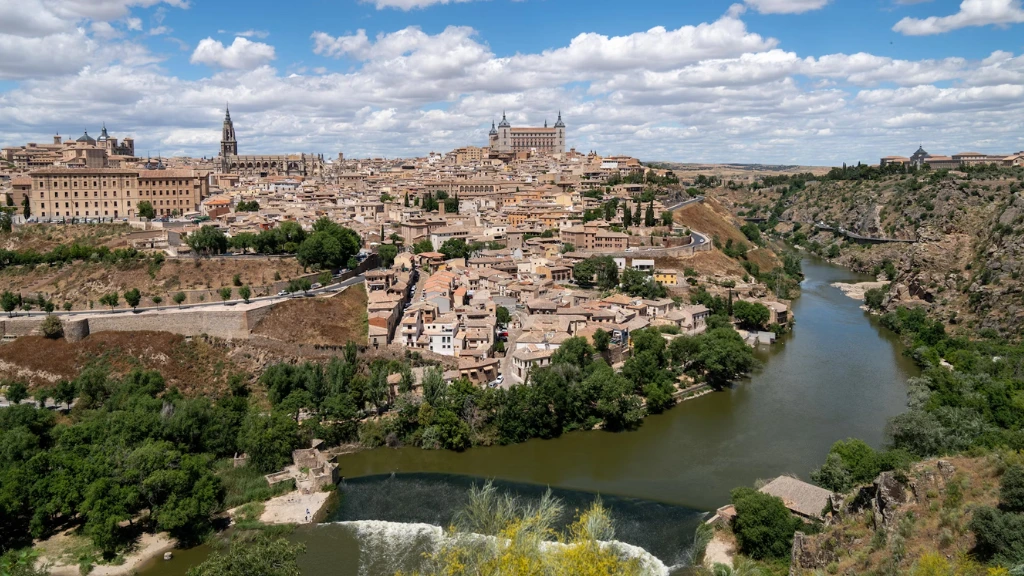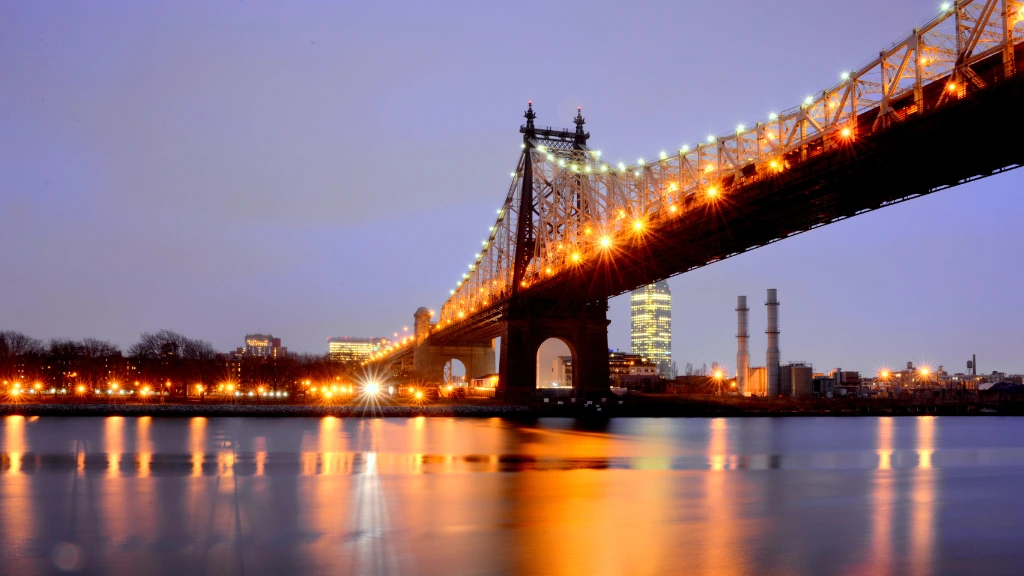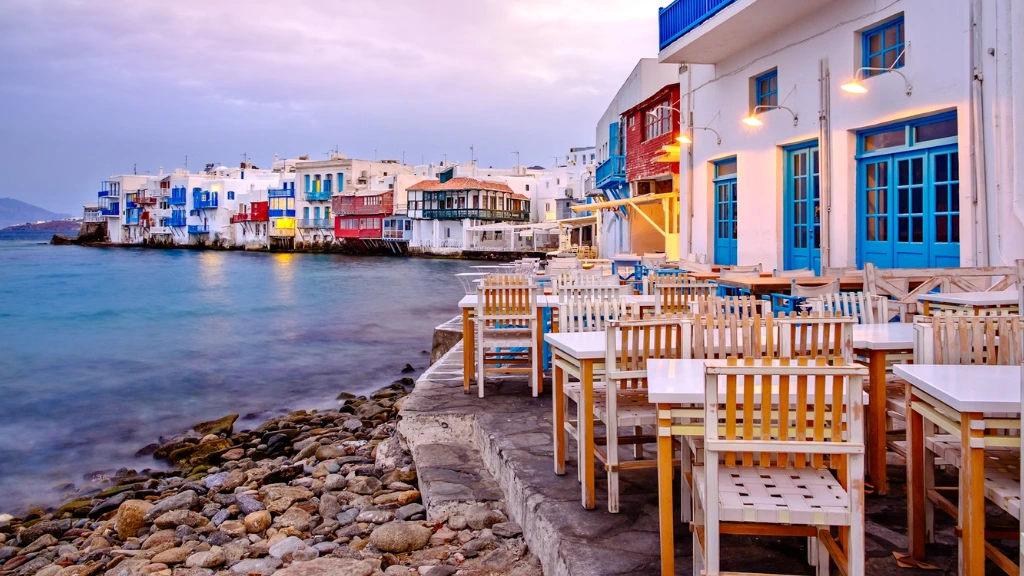Spain is renowned for its vibrant culture, rich history, and awe-inspiring architecture. Among the most captivating destinations for architectural marvels are the cities of Cuenca and Toledo, both of which are UNESCO World Heritage Sites. These cities, perched high above dramatic landscapes, are treasure troves of medieval and Renaissance structures that have stood the test of time.
From the iconic hanging houses of Cuenca to the imposing Toledo Cathedral, the architectural splendor of these cities offers a fascinating journey into Spain’s past.
You May Also Like: The Best Ways to Travel Around Edinburgh: A Comprehensive Guide for Visitors
Let’s delve into the most remarkable architectural wonders of Cuenca and Toledo that every traveler should explore.
Cuenca: The Enchanting City of Hanging Houses
Nestled in the mountains of east-central Spain, Cuenca is a hidden gem known for its dramatic cliffs and breathtaking views. The city’s old town is a labyrinth of narrow, winding streets that lead visitors to some of the most unique architectural feats in Spain. The combination of Gothic, Romanesque, and Renaissance styles makes Cuenca a truly captivating destination.
1. Hanging Houses (Casas Colgadas)
Perhaps the most iconic and visually stunning feature of Cuenca is its Hanging Houses or Casas Colgadas, which appear to cling to the sheer cliffs over the Huécar River. Dating back to the 14th century, these houses were originally built to expand living space in a city limited by its rugged terrain. Over the centuries, they have become symbols of Cuenca’s architectural ingenuity and are a must-see for any visitor.
The most famous of these hanging houses now hosts the Museum of Abstract Art, where the fusion of modern art with ancient architecture creates a one-of-a-kind experience.
2. Cuenca Cathedral
At the heart of Cuenca’s old town stands the Cuenca Cathedral, one of the first Gothic cathedrals to be built in Spain. Its construction began in 1182 and was influenced by French Gothic architecture, a style that sets it apart from many other Spanish cathedrals. The façade of the cathedral is a stunning display of intricate stonework, and the interior is filled with beautiful stained glass windows, chapels, and carvings that reflect the artistic mastery of the time.
The Cathedral’s mix of Romanesque and Gothic elements, along with later Renaissance additions, make it a living testament to the city’s rich architectural evolution.
3. Bridge of Saint Paul (Puente de San Pablo)
Spanning the deep gorge below Cuenca’s Hanging Houses is the Bridge of Saint Paul, an iron and stone bridge built in 1902. It replaced an earlier stone bridge that had collapsed, but its design still captures the historic feel of the city. Walking across this bridge offers breathtaking views of the surrounding cliffs and provides the perfect vantage point to admire the Hanging Houses from below.
For visitors, the Bridge of Saint Paul is not just a means of crossing the gorge; it’s a destination in itself, offering unparalleled vistas of the ancient city and its natural surroundings.
4. San Pedro Church (Iglesia de San Pedro)
Another gem in Cuenca’s architectural crown is San Pedro Church, a circular church perched atop one of the highest points in the city. The church’s simple yet elegant design is a reflection of its medieval origins, with later Baroque modifications adding to its charm. From its bell tower, visitors can enjoy panoramic views of Cuenca’s old town and the surrounding countryside.
Toledo: Spain’s Timeless City of Cultures
Known as the “City of Three Cultures” due to its Christian, Muslim, and Jewish influences, Toledo is a living museum of Spain’s diverse architectural heritage. The city, located on a hill above the Tagus River, is famous for its well-preserved medieval buildings, from grand cathedrals to ancient synagogues, and fortifications that showcase a blend of architectural styles.
1. Toledo Cathedral
One of the finest examples of Gothic architecture in Spain, the Toledo Cathedral is a towering masterpiece that dominates the city’s skyline. Built between 1226 and 1493, this cathedral is not only a symbol of Toledo’s religious significance but also a showcase of architectural grandeur. Its imposing exterior, with flying buttresses and intricate carvings, is matched by an equally impressive interior filled with stunning stained glass windows, vaulted ceilings, and the famous El Transparente, an elaborate Baroque altarpiece.
The cathedral’s mixture of Gothic, Mudéjar, and Renaissance influences makes it a microcosm of Toledo’s diverse cultural history.
2. Alcázar of Toledo
Sitting majestically on the highest point in Toledo is the Alcázar of Toledo, a massive stone fortress that has served many purposes throughout its long history, from a Roman palace to a royal residence and military stronghold. The current structure, rebuilt in the 16th century, reflects Renaissance architectural style, but the Alcázar’s history is deeply rooted in Toledo’s military and political past.
Today, the Alcázar houses the Army Museum, where visitors can learn about the city’s strategic importance throughout Spanish history while admiring the fortress’s impressive architecture.
3. Synagogue of El Transito
Toledo’s Synagogue of El Transito is one of the most beautiful and well-preserved examples of Mudéjar architecture, a style that combines Islamic, Christian, and Jewish influences. Built in the 14th century, the synagogue’s ornate stucco decorations, geometric patterns, and Hebrew inscriptions highlight Toledo’s unique role as a melting pot of cultures during the medieval period.
After the expulsion of Jews from Spain in 1492, the synagogue was converted into a church, and today it is home to the Sephardic Museum, which tells the story of Jewish life in medieval Spain.
4. Monastery of San Juan de los Reyes
A testament to Spain’s Gothic and Mudéjar architecture, the Monastery of San Juan de los Reyes is a striking building commissioned by King Ferdinand and Queen Isabella in the 15th century. The monastery was intended to be their burial place, but they were eventually interred in Granada. Nevertheless, the monastery’s stunning cloister, with its intricate ceilings and beautifully manicured gardens, is a peaceful retreat that showcases the artistry of the time.
The building’s mix of styles reflects the political and religious aspirations of the Catholic Monarchs, making it an essential stop for architecture enthusiasts.
Conclusion: A Journey Through Time and Style
Cuenca and Toledo are two of Spain’s most architecturally rich cities, each offering a unique glimpse into the country’s past. Cuenca’s dramatic cliffside buildings and Gothic cathedral are a testament to its medieval heritage, while Toledo’s mix of Gothic, Mudéjar, and Renaissance styles reflect its multicultural history. Together, these cities stand as enduring monuments to Spain’s architectural and cultural legacy, making them must-visit destinations for anyone with a love of history and design.
Whether you’re marveling at Cuenca’s hanging houses or walking through the grand Toledo Cathedral, these cities offer an unforgettable journey through time, filled with awe-inspiring architectural wonders.










